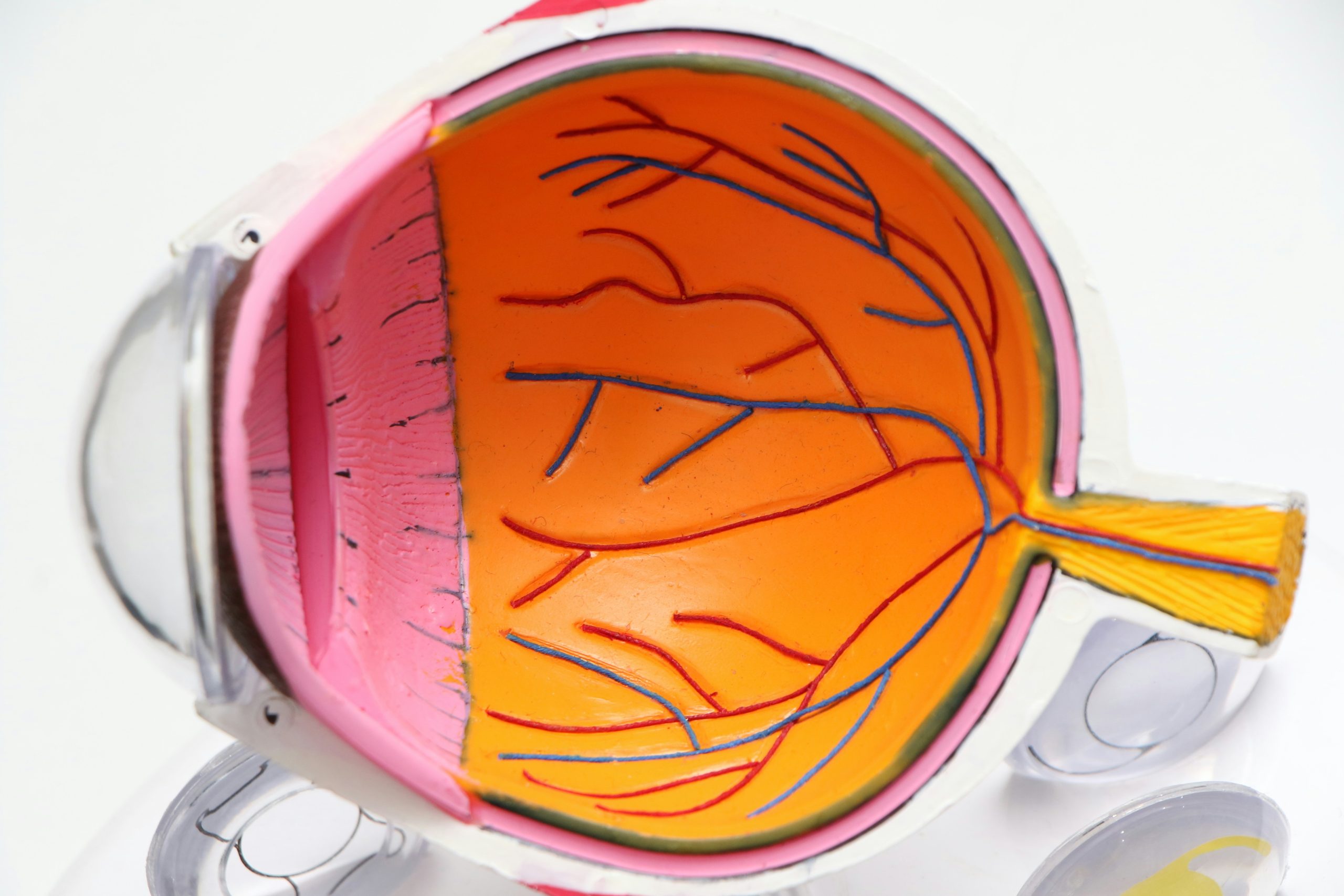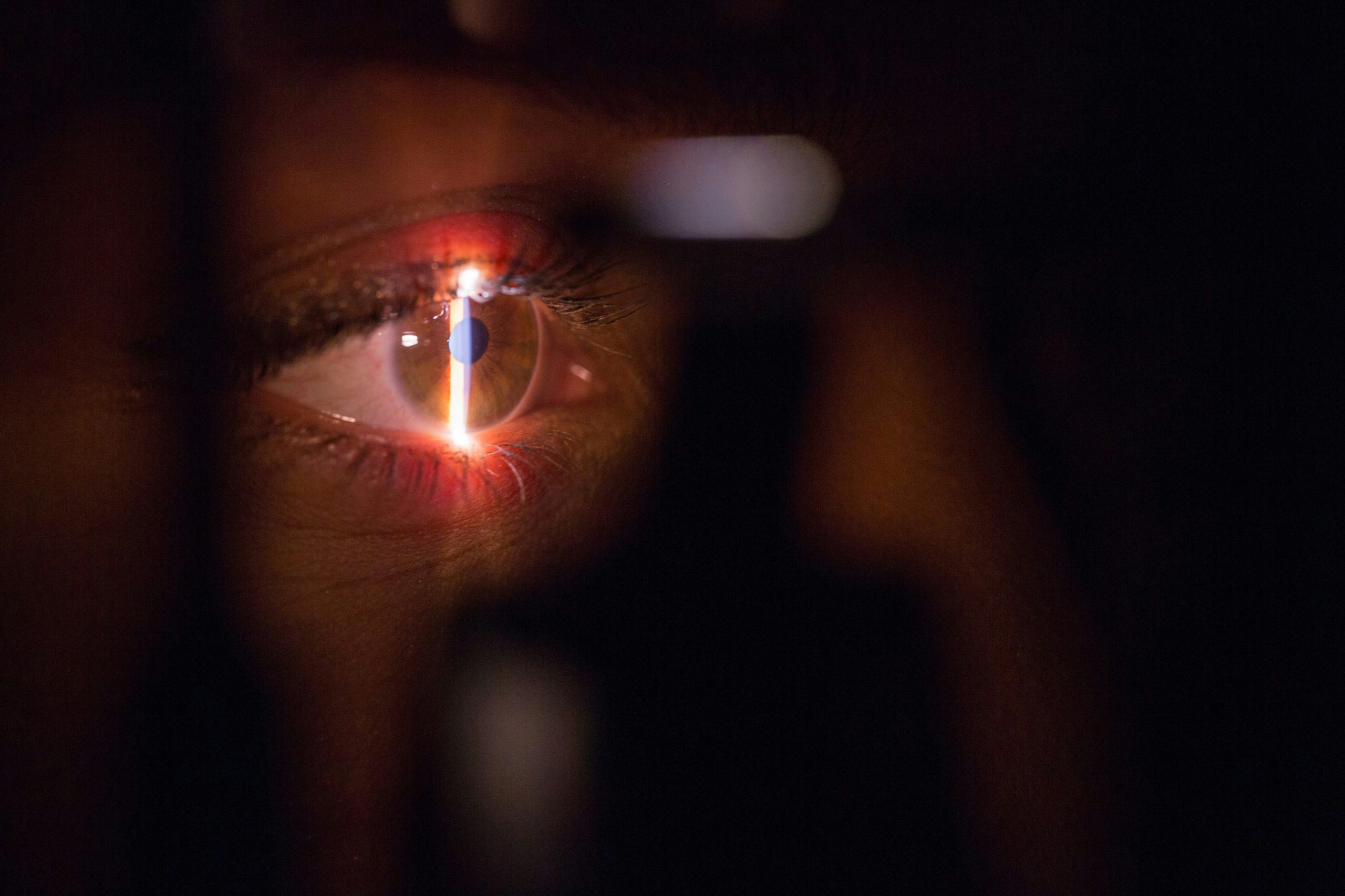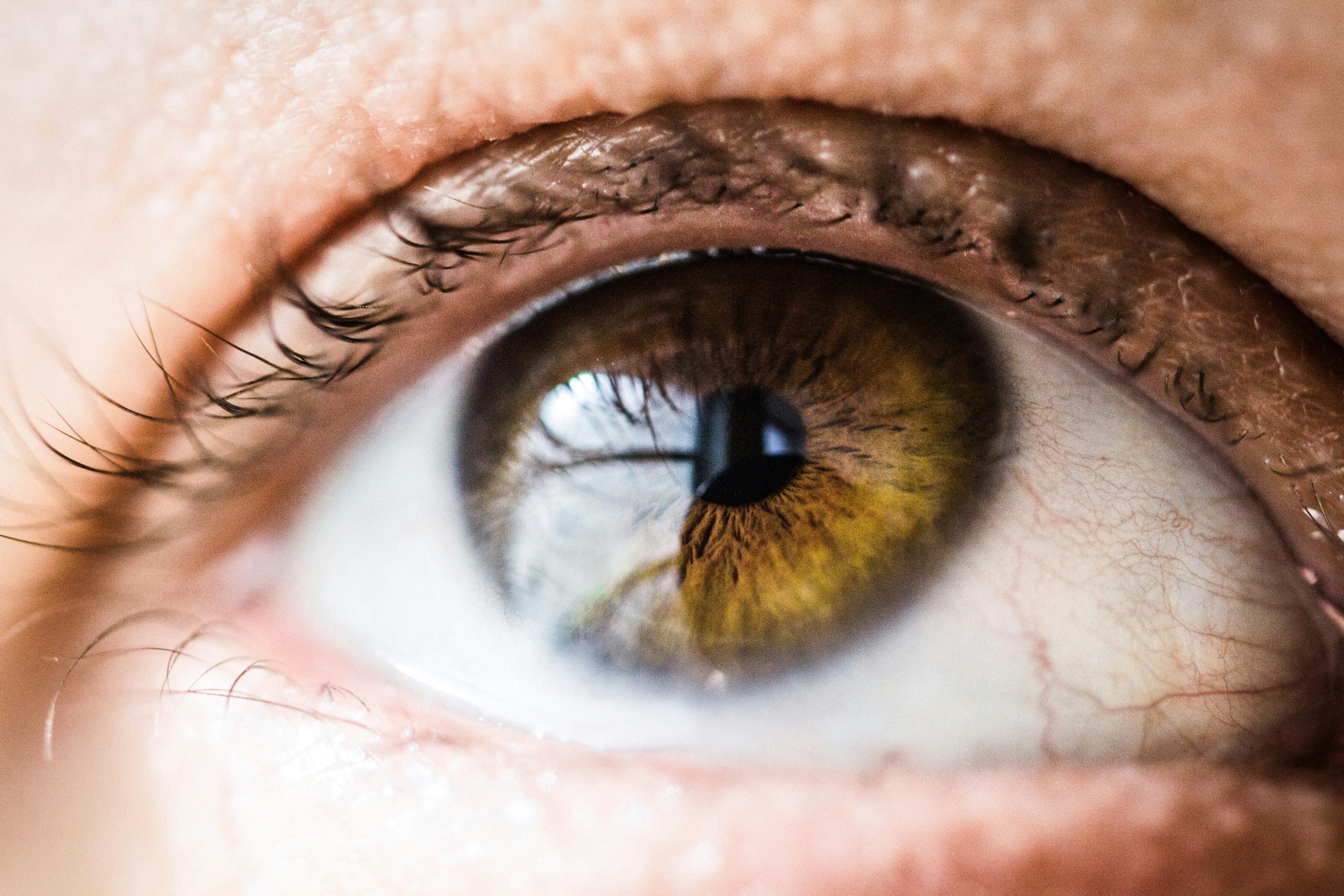Understanding the Silent Threat to Vision
Glaucoma is a group of eye diseases that damage the optic nerve, a critical structure responsible for transmitting visual information from the eye to the brain. Often called the “silent thief of sight,” the disease progresses slowly and typically shows no early symptoms. By the time noticeable vision loss occurs, the damage is often irreversible. Moreover, without early detection and treatment, the condition can lead to permanent blindness. In fact, it is one of the leading causes of blindness worldwide.
Ocular Hypertension vs. Glaucoma
Ocular hypertension (OHT)and glaucoma are related but distinct conditions. Ocular hypertension (OHT) refers to consistently high intraocular pressure without any visible damage to the optic nerve or loss of vision. It does not always lead to glaucoma but can increase the risk. Eye care professionals monitor people with ocular hypertension closely, as they may require treatment to prevent the onset of glaucoma.

What Causes Glaucoma?
The exact cause of the condition remains unclear, but elevated intraocular pressure (IOP) is the most significant risk factor, especially for open-angle glaucoma. IOP rises when fluid (aqueous humor) produced in the eye doesn’t drain correctly. Additionally, genetics, age, and certain medical conditions like diabetes can increase a person’s risk of developing it.
Types of Glaucoma
Glaucoma isn’t a single disease; it’s a group of related eye disorders. The two most common types are primary open-angle and angle-closure.
Primary Open-Angle
P.O.A.G is the most common type, and it develops slowly over time. The eye’s drainage canals become less effective, causing intraocular pressure (IOP) to rise, which can damage the optic nerve.
Angle-Closure
This type occurs when the iris blocks the drainage angle of the eye, leading to a sudden increase in eye pressure. When this happens, it is a medical emergency, requiring immediate attention to prevent vision loss.
Other Types
Other, less common types include congenital glaucoma (present at birth), normal-tension glaucoma (occurring without elevated eye pressure), and secondary glaucoma (resulting from injury, inflammation, or other eye conditions).
Symptoms and Detection
In its early stages, the condition often shows no symptoms, which is why it’s sometimes referred to as a “silent” disease. When symptoms do appear, they may include blurred vision, halos around lights, or difficulty with peripheral vision. In angle-closure glaucoma, symptoms are more sudden and severe, including eye pain, headache, nausea, and sudden vision loss.
Importantly, the lack of early warning signs makes routine eye examinations essential for early glaucoma detection. Eye care professionals can detect glaucoma through tests that measure IOP, examine the optic nerve, and assess the visual field.
Importance of Early Detection
Since optical nerve damage is irreversible, early detection is crucial. Regular eye exams can identify increased intraocular pressure or optic nerve damage before noticeable vision loss occurs. Moreover, NHS mentiones the condition can affect people of all ages. Without a doubt, with early treatment, most people can manage it and prevent severe vision loss. Treatments may include prescription eye drops, laser therapy, or surgery to improve eye fluid drainage and reduce pressure.

Treatment Options
Treatment aims to lower IOP to prevent further optic nerve damage. Aditionally, treatment options vary based on the type and stage of glaucoma but may include:
Medication Including Eye Drops: These are often the first line of treatment, helping reduce eye pressure.
Laser Therapy: Procedures like Selective Laser Trabeculoplasty (SLT) or iridotomy can increase fluid outflow or create a new drainage pathway.
Surgery: In advanced cases, surgical options like trabeculectomy or drainage implants like shunts may be necessary.
Protect Your Vision with Regular Eye Exams
Glaucoma is a serious eye disease with lifelong implications. Its silent progression underscores the importance of regular eye exams, especially for those at higher risk. By catching it early, people can preserve their vision and maintain a high quality of life. Don’t let glaucoma steal your sight—schedule an eye exam today.


